We’ve updated the list of top longevity podcasts. Any great ones we missed?
Who hosts the best shows on life extension? Check out these top longevity podcasts to usher you into a world without aging.
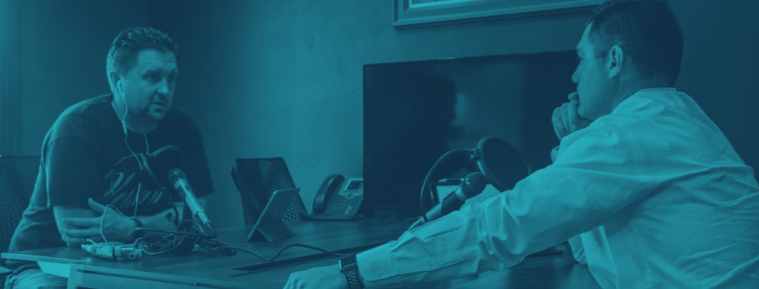
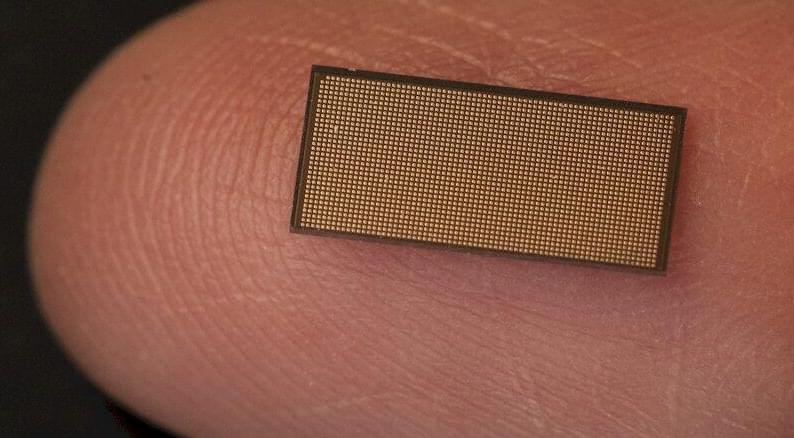
Not many devices in the datacenter have been etched with the Intel 4 process, which is the chip maker’s spin on 7 nanometer extreme ultraviolet immersion lithography. But Intel’s Loihi 2 neuromorphic processor is one of them, and Sandia National Laboratories is firing up a supercomputer with 1,152 of them interlinked to create what Intel is calling the largest neuromorphic system every assembled.
With Nvidia’s top-end “Blackwell” GPU accelerators now pushing up to 1,200 watts in their peak configurations, and require liquid cooling, and other accelerators no doubt following as their sockets get inevitably bigger as Moore’s Law scaling for chip making slows, this is a good time to take a step back and see what can be done with a reasonably scaled neuromorphic system, which not only has circuits which act more like real neurons used in real brains and also burn orders of magnitude less power than the XPUs commonly used in the datacenter for all kinds of compute.
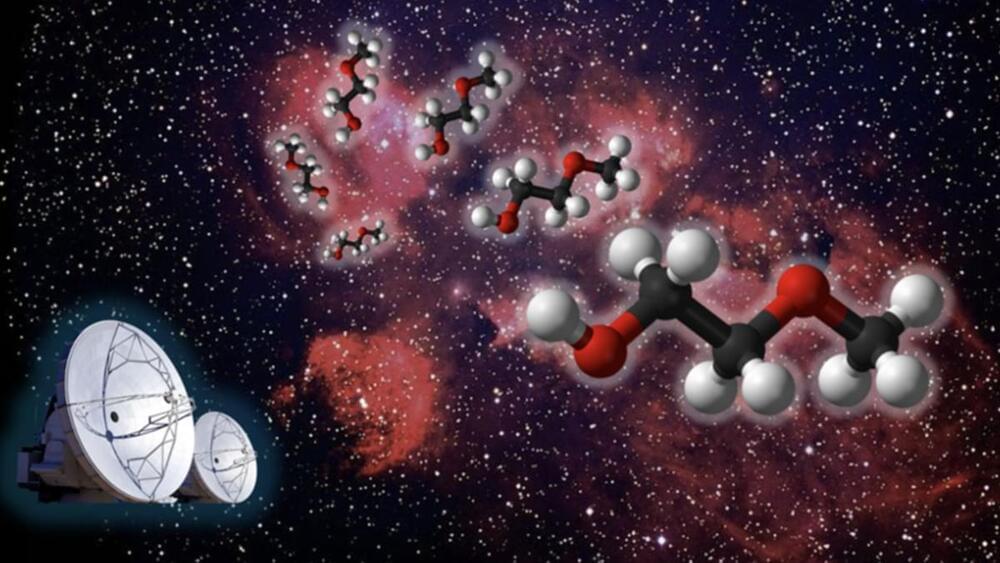

As the driest nonpolar desert in the world, the Atacama Desert in northern Chile is home to very few species of plants and animals. With rainfall often occurring only once a decade, the desert is so dry that NASA uses it as a stand-in for the Martian landscape. But what’s living beneath the parched surface? New research suggests it’s very small, abundant, and old, very old.
While the Atacama Desert’s aridity means that higher forms of life are scarce, it’s well-known that diverse bacteria dominate its soils. However, the researchers aimed to go deeper to see what species of microbes lived more than a meter (3.3 ft) beneath the surface.

Cyber attackers are experimenting with their latest ransomware on businesses in Africa, Asia, and South America before targeting richer countries that have more sophisticated security methods.
Hackers have adopted a “strategy” of infiltrating systems in the developing world before moving to higher-value targets such as in North America and Europe, according to a report published on Wednesday by cyber security firm Performanta.
“Adversaries are using developing countries as a platform where they can test their malicious programs before the more resourceful countries are targeted,” the company told Banking Risk and Regulation, a service from FT Specialist.
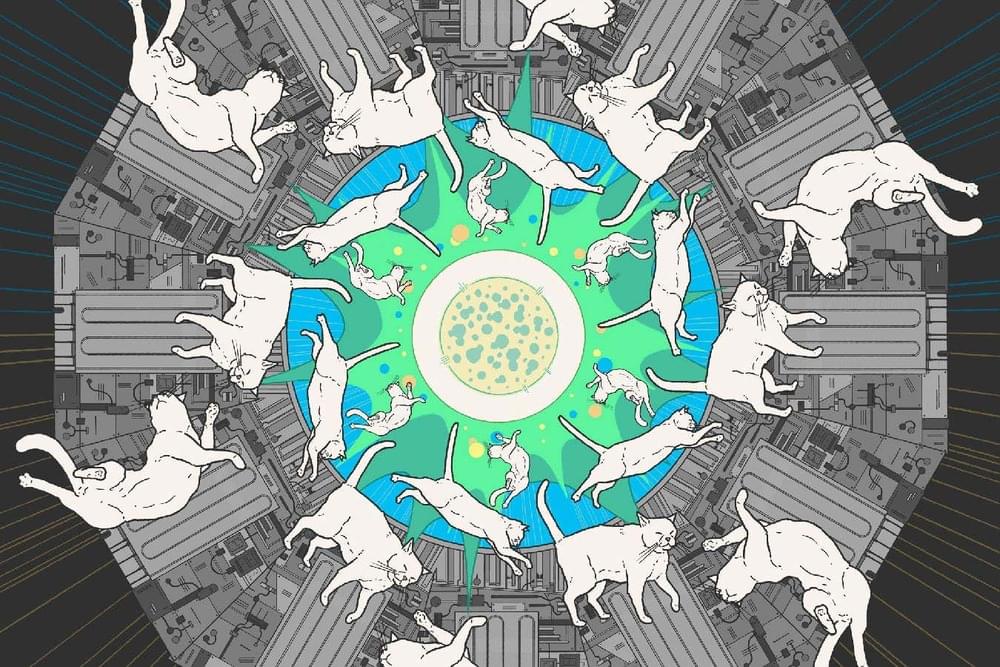
The Large Hadron Collider is testing entanglement in a whole new energy range, probing the meaning of quantum theory – and the possibility that an even stranger reality lies beneath.
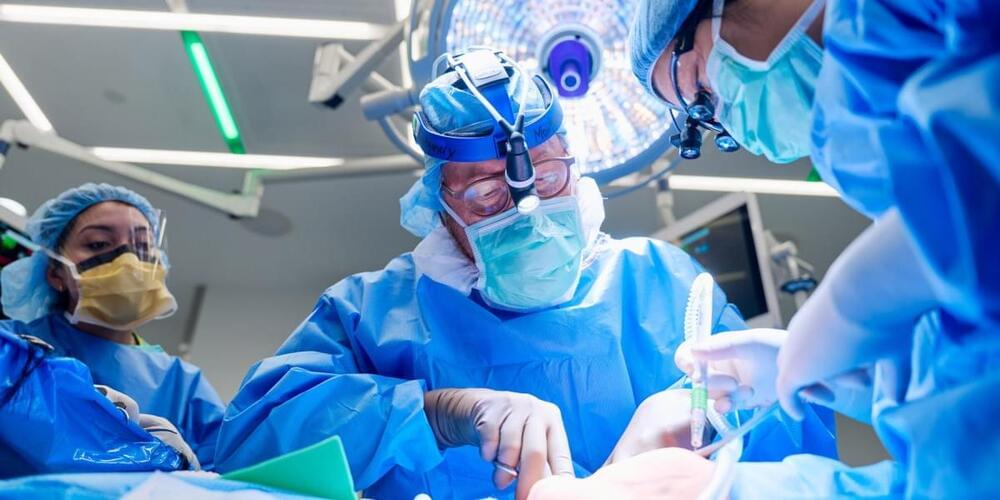

Google might have invented the transformer models that led to the glut of generative AI we see today, but it wasn’t the first to cash in. The search giant threw its AI work into overdrive in the wake of ChatGPT’s appearance in Microsoft products, adding the Gemini AI to every product it can. A new report claims Gemini is about to come to the Google app on Android, and this may signal the beginning of the end for Assistant.
Gemini is the current brand for all of Google’s commercial AI models—whether it sticks to that is hard to say, but the Bard branding is in the rearview mirror. Gemini has been available on the web, and Google released a mobile app earlier this year. Installing that app on Android prompts you to replace Assistant despite Gemini’s comparative lack of features. Google is just that committed to getting everyone using its AI. Even if you don’t install that app, Google aims to get Gemini in front of your eyes by cramming it into the Google app.
While there’s no official announcement yet, a video of the latest app update is already circulating (see below). The new version has a toggle at the top to switch between search and Gemini. If you’ve seen the iOS Google app recently, it’s essentially the same. There is another wrinkle for Android users, though. That toggle will also switch your phone to use Assistant everywhere, reports 9to5Google. The Google app will now encourage people to switch from Assistant to Gemini, and unlike the new Gemini app, it’s already installed on virtually every Android phone.

A team of chemical engineers from Université PSL, CNRS, Harvard University and chemical company Calyxia, has discovered a way to prevent or delay coalescence in some immiscible liquids.
In their paper published in the journal Science, the group describes how experiments they conducted led to the discovery of a way to get some fluids such as water and oil, to remain as an emulsion for long periods of time without the use of surfactants.
It is widely known that when two immiscible liquids, such as water and oil are mixed, they do not remain so for very long—they slowly separate into two layers. This is because they never really mix to begin with; instead, they coexist as droplets that coalesce when they come into contact with one another.
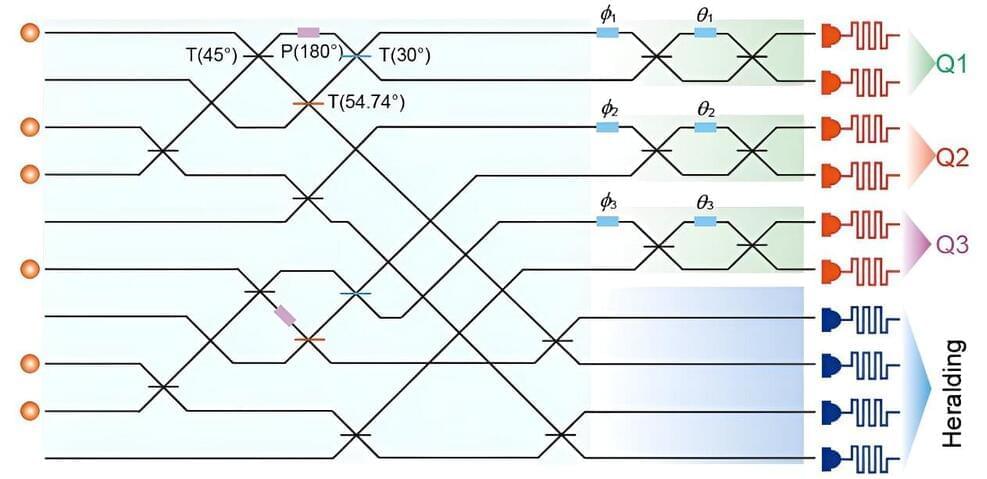
Photonic quantum computers are computational tools that leverage quantum physics and utilize particles of light (i.e., photons) as units of information processing. These computers could eventually outperform conventional quantum computers in terms of speed, while also transmitting information across longer distances.
Despite their promise, photonic quantum computers have not yet reached the desired results, partly due to the inherently weak interactions between individual photons. In a paper published in Physical Review Letters, researchers at University of Science and Technology of China demonstrated a large cluster state that could facilitate quantum computation in a photonic system, namely three-photon entanglement.
“Photonic quantum computing holds promise due to its operational advantages at room temperature and minimal decoherence,” Hui Wang, co-author of the paper, told Phys.org.